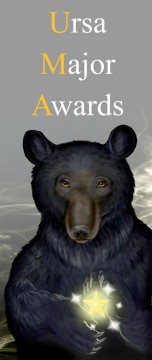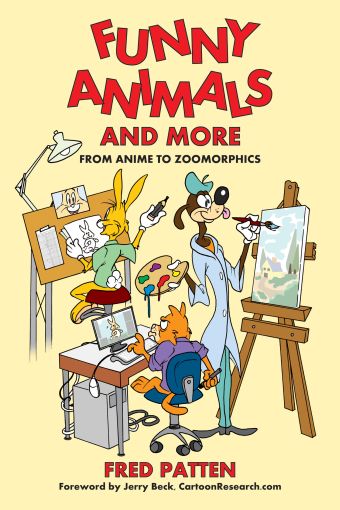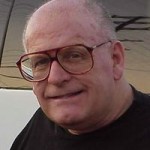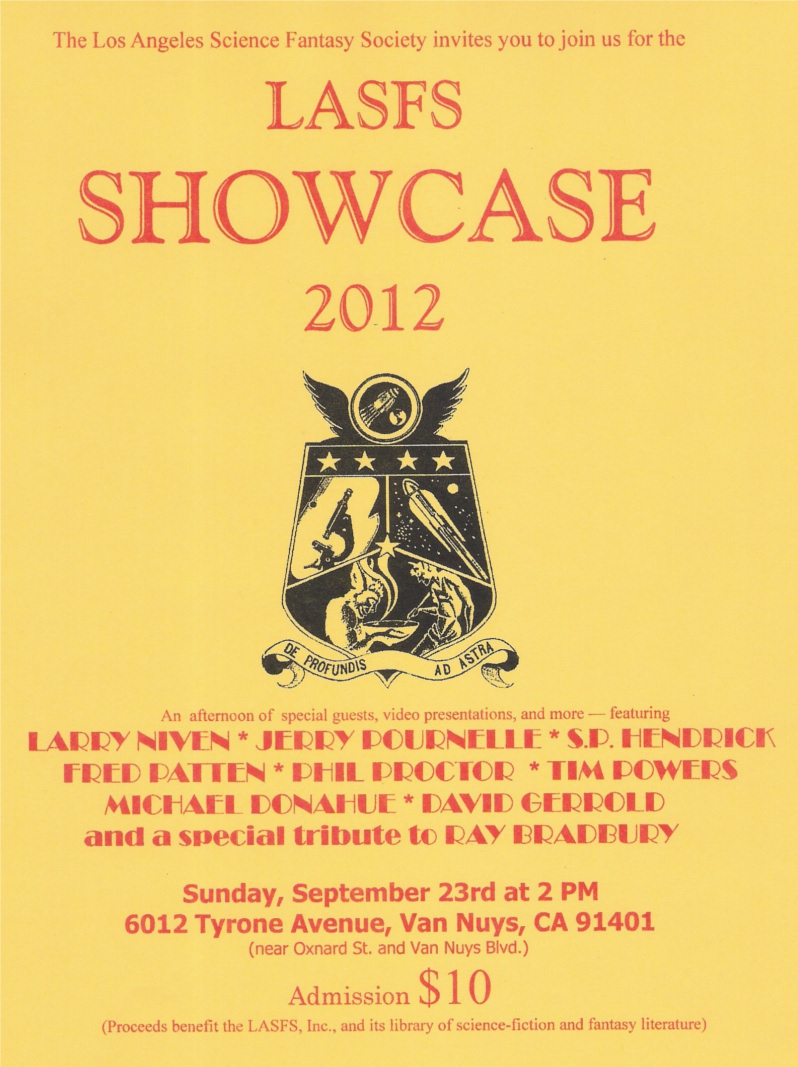Two former Hillary Clinton staffers started Vote Both.com after the primaries, a site advocating a unity ticket of Clinton and Obama. Key backers of the “dream ticket” include Sen. Dianne Feinstein of California, Pennsylvania Gov. Ed Rendell and Sen. Charles Schumer of New York.
I mention this because Westercon begins this week in Las Vegas, one of the rare conventions that changes sites each year as voted by the members, and I’m reminded that somebody once had the bright idea that “Both” would be the perfect solution for a pair of Westercon bids. Let me tell you how well “Both” worked for us. Then you may consider yourselves warned.
From File 770 #35, August 1982:
Even on the morning of its last day, [the 1982] Westercon had not exhausted its bag of tricks. Prelude: When Portland and Phoenix announced their 1984 Westercon bids, fans noted they were not bidding for the same days – one would have started before July 4, the other after. Certain pundits, who shall remain namelex*, conceived a campaign for BOTH. Let them both win. Let them both put on a Westercon. Let’s go to both. Witty, computer-typed flyers advocated, “If you are a Phoenix local or a Portland local, this is a great opportunity to get more con for your money: You can attend the portion nearest you if you’re on a budget; You can attend both cons for little more than if you were going to the con farther away; LA locals can check on their cats on their way to the other con.”
After a weekend of people running about asking each other whether they voted for “Both,” the bidders agreed to count the ballots after Site Selection closed 7 PM Sunday, and not release the results until the next morning’s Business Meeting. Randy Rau (Phoenix), Craig Miller, Ben Yalow, Pam Davis (Portland) and Bryce Walden (Portland) were the counters. After the counting session, Rau, who was also chair of the ’82 Westercon and therefore custodian of the ballots, walked from the room down the fire stairs to the con level (the most efficient way of getting around, given the elevators). By the time he got to the bottom, somebody came up to him with a rumor that a bid had won by one vote.
Seeing as one of the bids had, indeed, won by one vote, Rau was infuriated. Other Phoenix fans, figuring they had lost by one vote, mobbed the Business Meeting Monday morning demanding to exercise their right to vote at the Business Meeting (which seemed unclearly provided for in the bylaws). Now it was the second year in a row that a breakdown in the site selection process forced the Business Meeting to get involved in who won. (The Los Angeles Science Fantasy Society Board of Directors is the last-resort custodian of Westercon, who had actually been forced to take a role in the ’81 meeting. Since many members of the Board were also bidding for this little thing called the Worldcon, the last thing they wanted was to have to arbitrate this emotional mess.)
“Bullets, not ballots,” suggested Seth Breidbart. After extended private huddling between the bidders and parliamentarian Fred Patten, a decision finally came forth. Rather than risk having to let the meeting vote whether to reopen balloting (which it easily would have done, considering the pack of irate Phoenix fen), Randy Rau announced that the Phoenix bid withdrew. Portland was proclaimed winner. Chairman of the meeting, Bruce Dane, revealed 374 votes were cast; now being rushed to the shredder. There was much applause. Westercon rules actually mandated the release of the voting info, but everybody pretended to forget that in the interests of peace. What had really happened? Milt Stevens’ analysis of the situation led him to believe that the “Both” bid had won. If Portland had won by one vote, the matter could have been resolved by merely sticking to the agreement that balloting was closed the night before. If Phoenix had won by one vote then they wouldn’t have had to pack the Business Meeting. They wouldn’t have had to withdraw their bid to resolve the crisis. (“Both” ceased to exist when one bidder folded.) Nor would there have been such haste to destroy the ballots.
As she was preparing to leave the con, Genny Dazzo loudly announced that she was going back to New York and start a Phoenix in ’84 Worldcon bid, to repay the “Both” bidders for their hubris.
[* A reference to Lex Nakashima, the alleged mastermind.]
The Moral of the Story: “Both” seemed a clever idea to just enough Westercon voters to make the election three times as controversial as it otherwise would have been, and to leave the winner just about as unhappy as the loser. The saving grace in 2008 is that party delegates are much less likely to try and force “Both” on unwilling candidates.
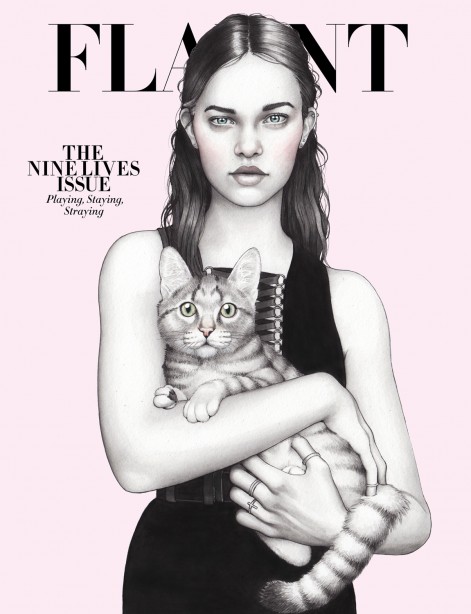 Fred Patten and furry fandom got a mention in the November issue of Flaunt, a high-end glossy fashion magazine that sells for $15.95 a copy.
Fred Patten and furry fandom got a mention in the November issue of Flaunt, a high-end glossy fashion magazine that sells for $15.95 a copy.
